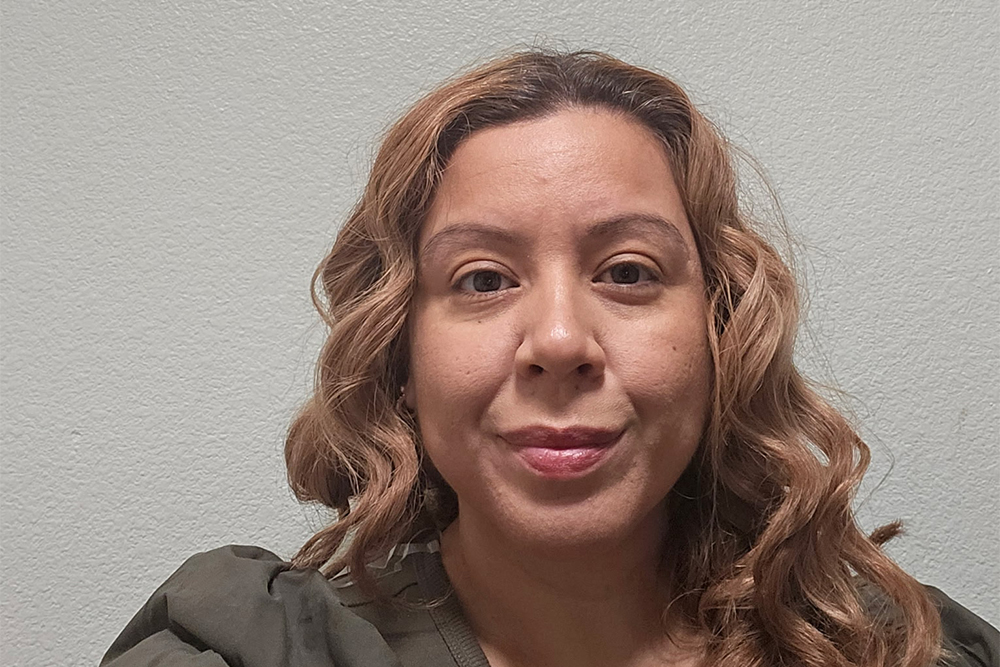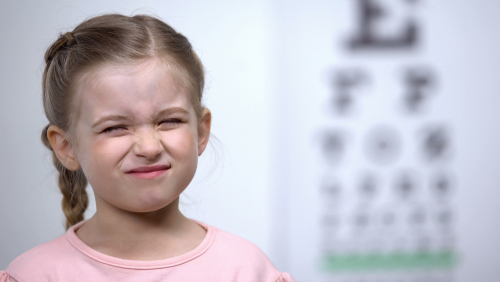Small Wonder Eye Care Blog
Learn more about optometrist care in our blog!

Olivia is the newest member of our team. Before officially joining our office, she completed an internship with us as part of her medical assistant program. Here she shares what she learned about eyes and eyecare - things everyone should know!

As a contractor, you know that safety on the job is crucial. From flying debris to chemical exposure, you and your crew are constantly looking for ways to avoid injury. Among all workplace injuries, eye injuries are some of the most preventable — yet also some of the most devastating. Whether you run a small crew or manage multiple job sites, understanding eye safety can mean the difference between a quick recovery and permanent vision loss.

Dry eyes are something I notice more often than I’d like. For me, it feels like that scratchy, tired sensation that sneaks up after a long day, and sometimes my eyes even water when they’re actually dry, which is confusing. It’s uncomfortable, distracting, and easy to brush off with a few drops.

Your child could see 20/20 at their annual eye exam, but still struggle to read in school. Why does this happen? Because reading the eye chart at the doctor’s office takes only a few seconds and requires tiny eye movements. But reading a book for hours? That takes a different set of visual skills.

Summer is a great time for children to relax, play, and recharge before heading back to school. While electronics can be tempting, screen time is correlated with eye strain, nearsightedness, and trouble focusing—especially in growing children. Screen time is also associated with health risks such as obesity and poor sleep. At Small Wonder Eyecare, we encourage families to enjoy screen-free activities that support healthy vision and overall well-being.

Myopia, also called nearsightedness, is a pandemic. In the past, it was common to think of myopia as just needing glasses to see clearly. But today, we understand that myopia is more than blurry distance vision — it's a condition that can result in serious, lifelong eye diseases. The earlier we intervene, the better we can protect a child’s vision and quality of life.

Cataracts are a common cause of vision changes, especially as we age. At Small Wonder Eyecare, we believe that clear, comfortable vision is part of living a healthy and independent life. In this blog post, we’ll explain what cataracts are, what causes them, how they affect your vision, and how they can be treated.

Contact lenses are a great option for clear vision without glasses, but they need to be used carefully.

We are surrounded by digital screens—phones, tablets, computers, and TVs. These devices give off blue light, and it’s become a common concern for parents, students, and professionals alike. Many people are now asking: “Is blue light bad for my eyes?” and “Do I need blue light blocking glasses?”

Myopia, commonly known as nearsightedness, is a growing concern among children and young adults. If your child has myopia, they can see things up close clearly, but objects far away look blurry. Myopia usually starts in childhood and can worsen as a child grows. Today, more children than ever are being diagnosed with this condition. Many children’s vision quickly gets worse. At Small Wonder Eyecare, we believe that understanding myopia and how to control its progression is key to protecting your child’s vision.











